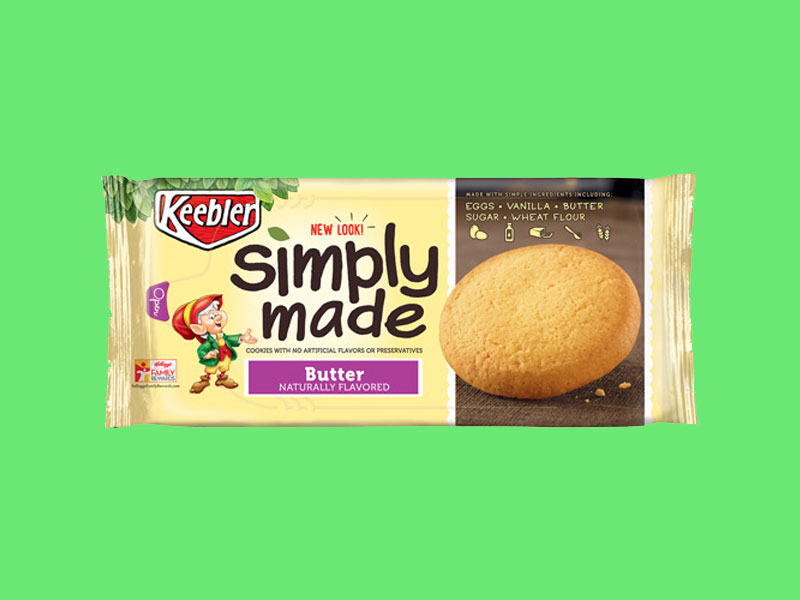Por Consumer Reports
-
Buy Me!
When you’re grocery shopping, some products seem to be begging you to buy them. And they just might be—food manufacturers are looking to get our attention by including attractive health claims that make us believe that the products we are purchasing can make miracles and will endow us with good health, a perfect body, and a long and happy life.

A Foolproof Guide to Reading Labels
Those who design food packages know that consumers are seduced by healthier foods, so they rarely miss an opportunity to boast their product's best qualities in big, bold letters on the front of the packaging. But sometimes these claims can be misleading, so we've put together a guide to help you tell fact from fiction.
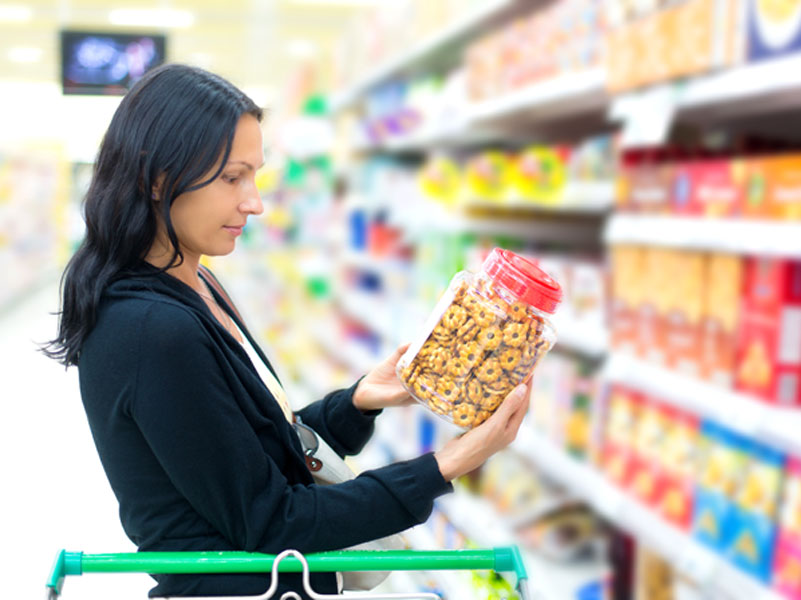
“Multigrain” Products
This refers to foods that are made with more than one type of grain, but the grains used could be refined, meaning that their nutritious bran and germ have been extracted. Similarly, the claim that a food product is “made with whole grain” might simply indicate a mix of refined and whole grains.
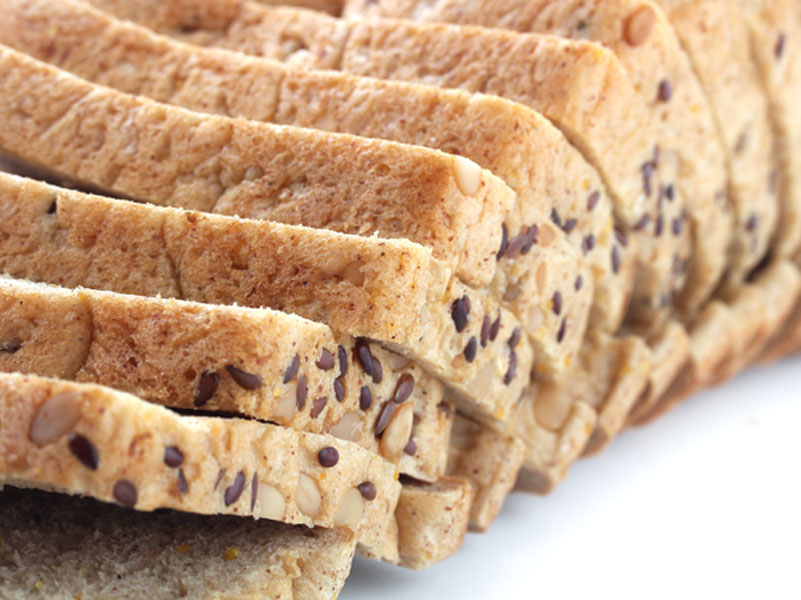
Marketing Strategies
To avoid confusion, look for labels that say “whole grain” or “100% whole grain.” Consumers tend to fall prey to marketing strategies that aim to make a product look nutritious, according to the University of Houston research study "Truth, Lies, and Packaging: How Food Marketing Creates a False Sense of Health".

“No Trans Fat”
In the world of nutrition, trans fat always plays the villain, since it increases the risk of heart disease and type 2 diabetes. That's why we think that food manufacturers are doing us a favor by pointing out that their products do not contain it.
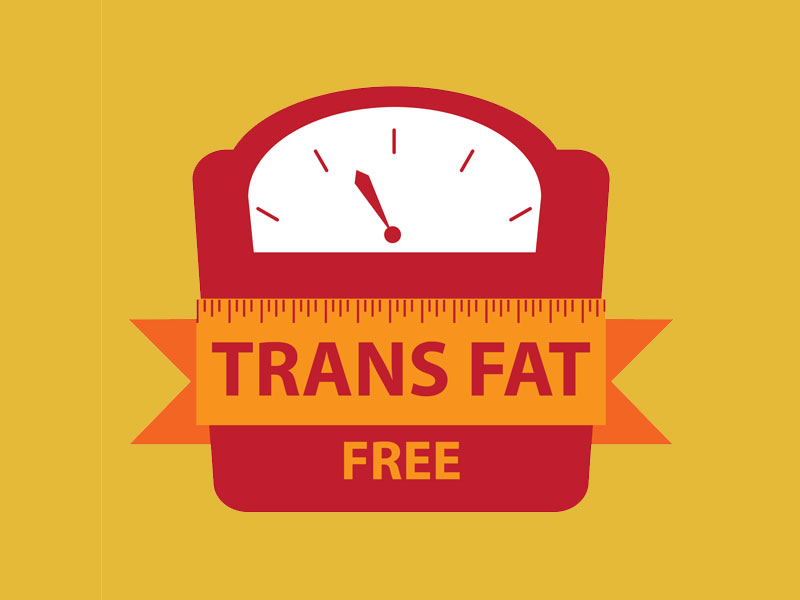
Not Everything Is What It Seems
According to the Food and Drug Administration (FDA), food products with a trans fat content of less than 0.5 grams can claim to contain “zero grams trans fat” on their labels. Luckily, prohibiting the use of partially hydrogenated oil, the primary source of artificial trans fat, is currently being considered.

Find out the truth!
When you want the truth, search for it in the product's nutritional label. If “partially hydrogenated oils” is in the ingredients list, the food has trans fat! According to the American Heart Association, trans fat should supply less than 1 percent of your daily calories. If you are consuming 2,000 calories per day, less than 20 of those calories (less than 2 grams of fat per day) should come from trans fat.
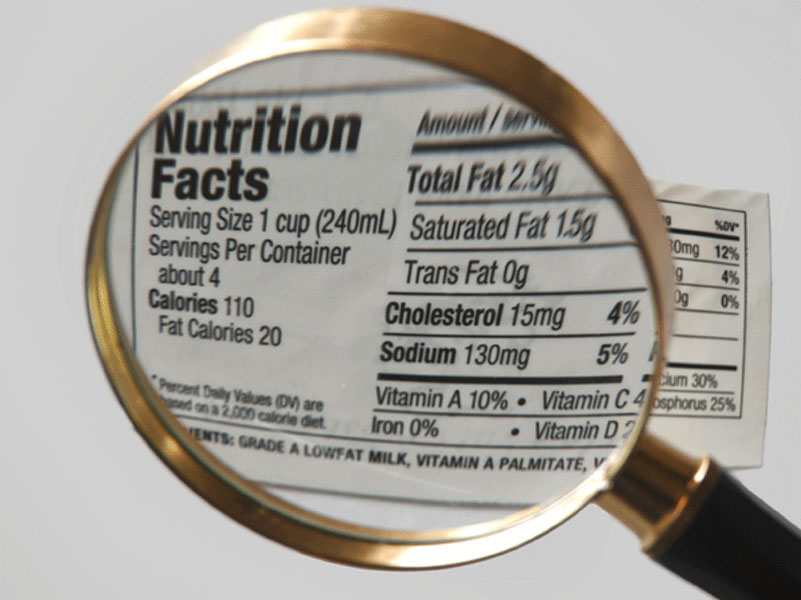
"No Nitrates or Nitrites"
These chemicals are used as preservatives in cured fish and meats like bacon, ham, and hot dogs. They can form nitrosamine, a possible cancer-causing substance. The effects on pregnant women are being researched.

A Double Standard
A product that claims not to contain nitrates sounds like a better choice, but ironically, the goverment permits the use of celery juice or powder to cure and preserve meat. These ingredients can produce nitrates naturally. The best choice is to limit your consumption of processed meats.

“Reduced Sodium”
For a product to claim “reduced sodium,” it needs ONLY to contain 25% less sodium than its regular version. For example, Swanson’s “regular” chicken stock contains 860 mg of sodium per cup, and its “reduced sodium” version contains 570 mg. This is still a fourth of the suggested daily LIMIT. A smarter solution is to consume products that are “low in sodium,” which do not contain more than 140 mg per serving.

A Change for the Better
In late February of 2014 the FDA proposed changes to the Nutrition Facts label, which was introduced 20 years ago. Among the proposed changes, calorie content and number of portions would appear in large, prominent font. It would also be required for manufacturers to inform consumers of added sugars and declare the amount of potassium and vitamin D on the label. Serving size requirements would change to reflect how people eat and drink today.
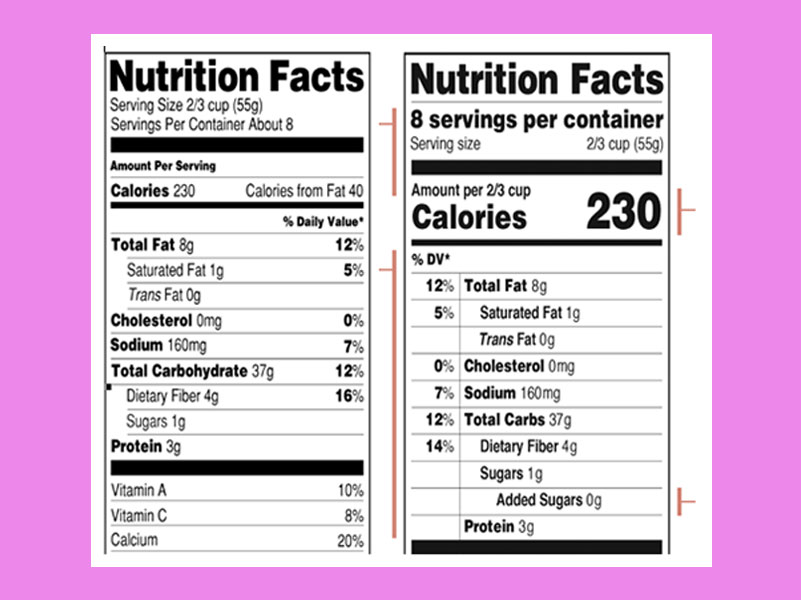
“Made With Extra Fiber”
This doesn't mean “excellent source of fiber.” To make that claim, a food has to supply at least 5 grams of fiber per serving, which is often added. Added fiber is, in general, of one main type, such as cellulose (from wood pulp) or inulin (chicory extract). Natural fiber, on the other hand, is a mix of types and all have different health benefits.

“Natural” and Other Confusing Terms
After being the target of multiple class-action lawsuits denouncing the use of the term as misleading, many brands removed the word “natural” from their labels. However, there still remain a large number of foods that claim to be “natural” but are actually highly processed or contain artificial ingredients.
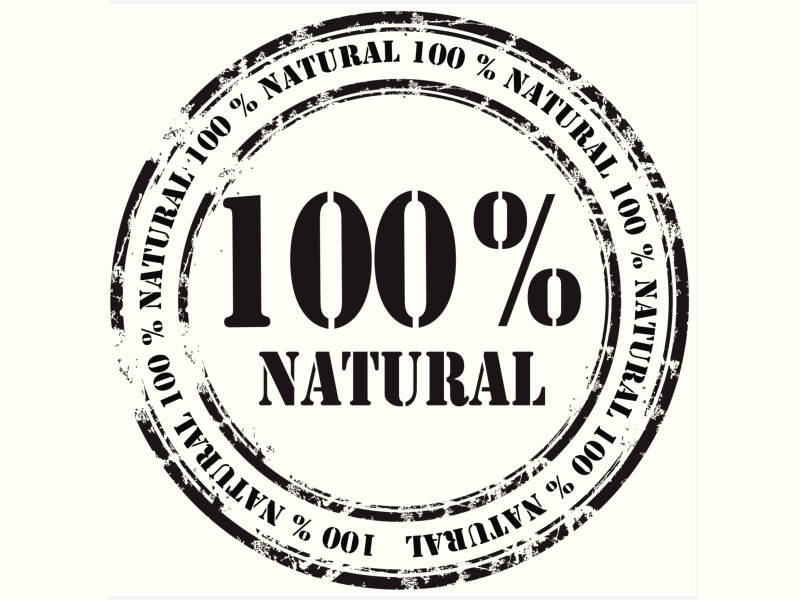
“Real,” “simple,” and “fresh”
Many food manufacturers had to resort to new tricks, and they replaced the word “natural” with other terms that are equally as unclear, such as “real,” “simple,” and “fresh.” The problem is that the dictionary is full of adjectives that could be used by the industry to make their products seem extraordinarily healthy and unique.

“Real”
If a food claims to contain "real" ingredients, this doesn’t mean it is chemical-free or unprocessed. For example, Hormel's Real Crumbled Bacon contains pieces of real bacon...as well as smoke flavoring, preservatives, sugar, and salts!
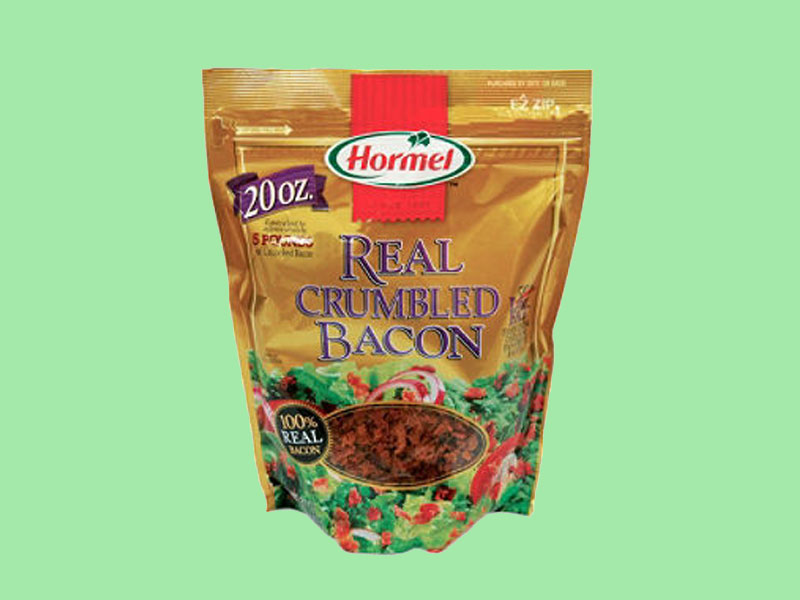
“Fresh”
This term can be applied when the food wasn’t frozen or preserved. There is no defined meaning for it, though, when it’s used in a product name or description, such as the “freshly baked” claim on these Marcy’s Gourmet Whole Wheat Croutons.
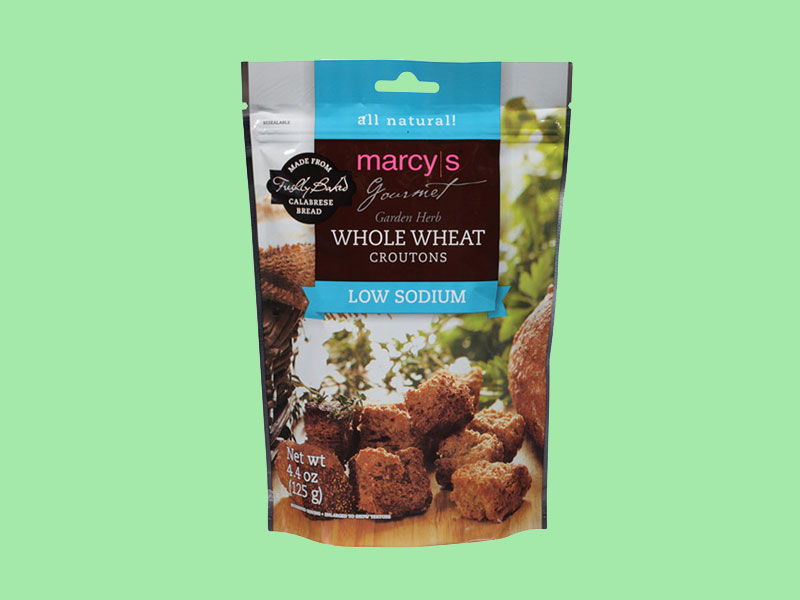
“Simple”
This descriptor is used for products that have short ingredient lists. But the term isn't regulated, so while the list may be short, it can also be unhealthy! Keebler's Simply Made Butter Cookies are high in fats, sugar, and calorie content: each cookie contains 70 calories.
